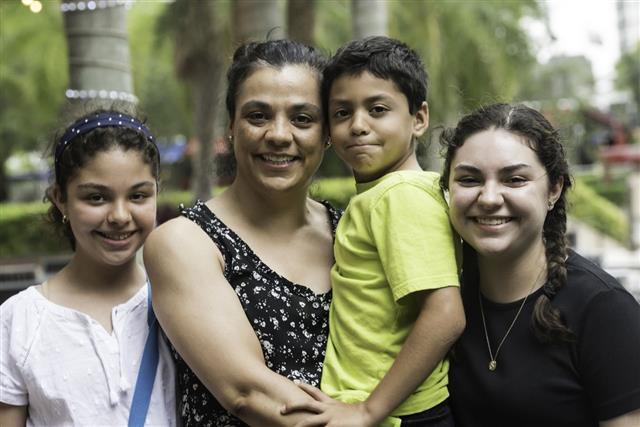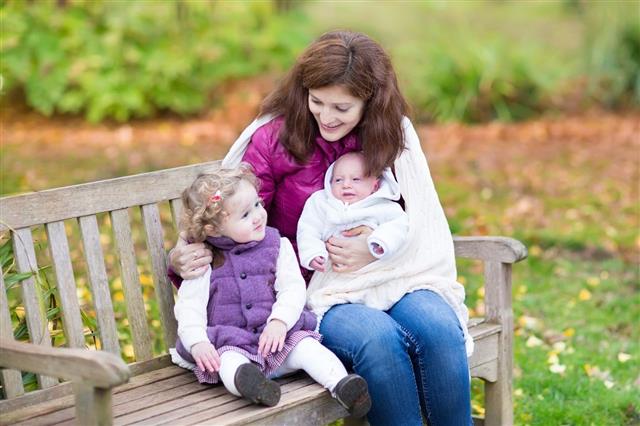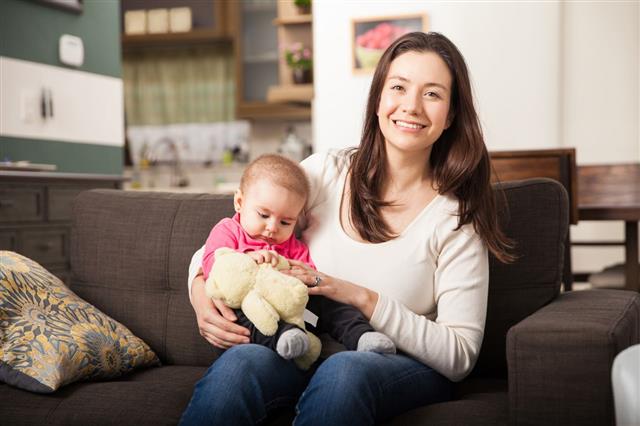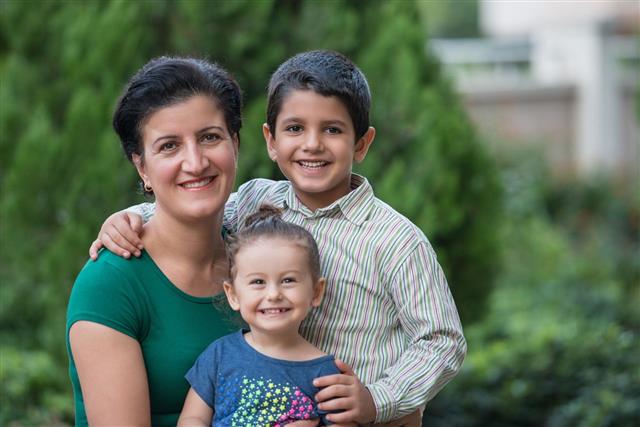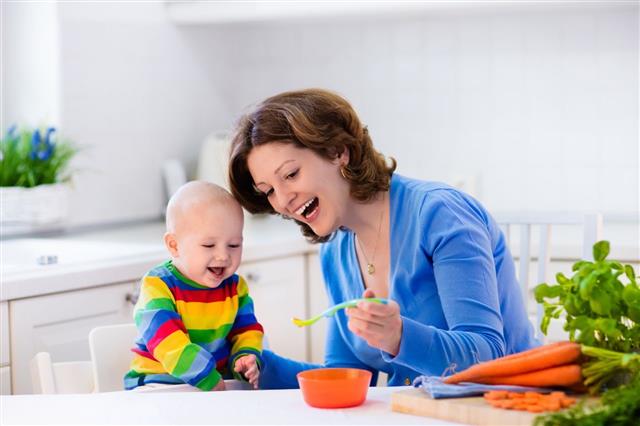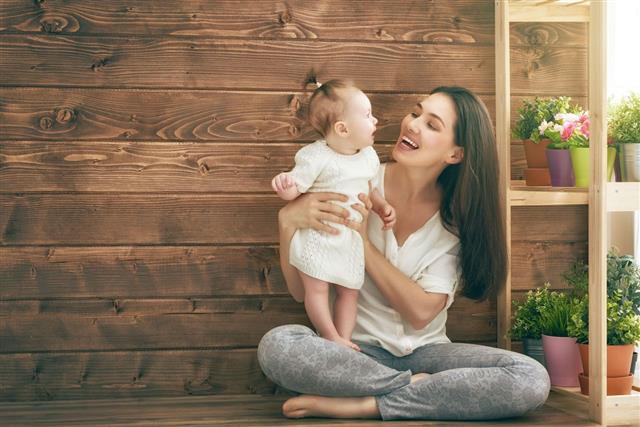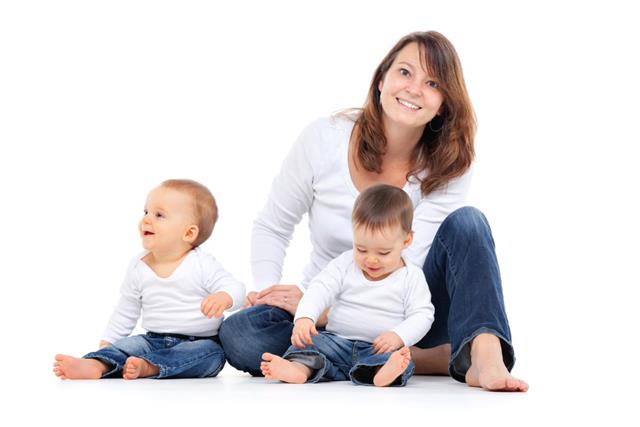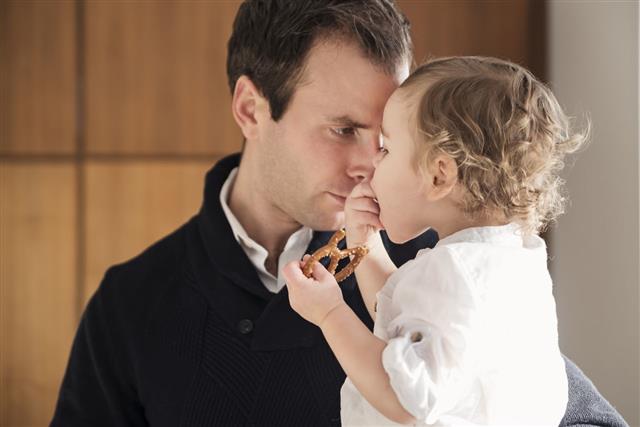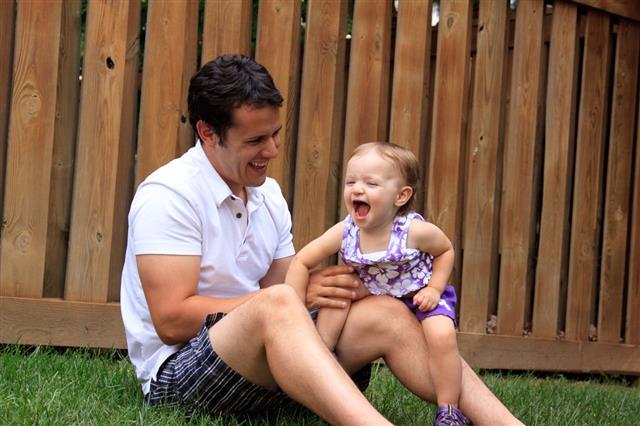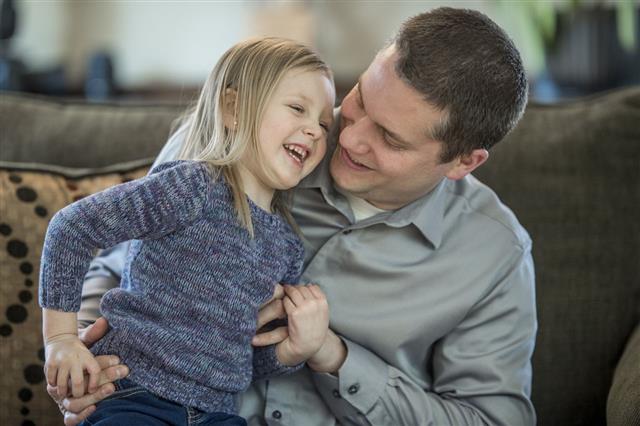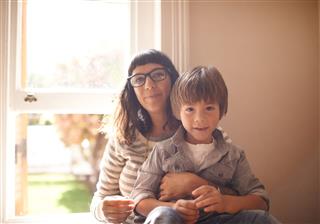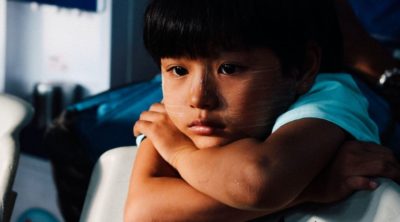
Single parents have their work cut out for them as far as raising a child is concerned, yet some single parent households are able to cope with this setup more effectively than others. The following AptParenting article will throw light on some general single parent statistics and trends.
Being a single parent is no easy task by any means. It’s true that children who grow up in a single parent household have a tougher time, but this cannot be thought of as a rule of thumb. It most certainly depends on the nature of the parenting involved.
It would be completely unfair to state that children in single parent households are more prone to violence, drug abuse, and alcohol abuse, even though, some statistics do point towards this. In fact, if you scour all information properly, you will find that a lot of troubled teens and young adults have grown up in a household with both parents. It can also be argued that in a single parent home, the child is given more attention and care because the family knows that they have a liability of sorts. It’s not uncommon for a child to be closer to a mother or a father and not get along with the other parent at all, but this is not possible in such households. Analyzing the statistics and jumping to conclusions is far simpler than delving beneath the surface and pinpointing the real cause of certain problems and difficulties.
A defining factor in such an analysis is the age of the child. A child in his/her preteens will find it more difficult to suddenly cope in a single parent household after many years of having both parents around; such a situation could have some serious ramifications. On the other hand, if the child has grown up with one parent around since a very young age, then the bond between the parent and the child is certainly stronger. The negative effects on such a child are much lesser.
Statistics in America
The following statistics have been collected by the U.S. Census Bureau through the medium of varied reports. These comprise figures from the latest edition (2014). These figures outline some interesting single parent statistics and numbers. Some of the key points from the reports were as follows:
► As of 2013, 28% of children were living with a single parent. This figure is expected to rise, and at least half or more of today’s children will spend all or a part of their childhood in single parent families.
► The majority of single parents are married or have been married at one point in time. In 2013, 55% of the children who were a part of single parent homes, were living with a parent who was separated, divorced, or widowed. As opposed to 45% who were a never-married parent.
► Women make up for a majority of single parents. In 2013, 77% single parents were mothers. Furthermore, 85% of the children living with a single parent were living with their mother.
► In 2013, 46% of single parents were non-Hispanic White, 28% were Black, 23% were Hispanic, and 3% were Asians.
► It was found that most single parents do not have more than 2 children. In 2013, 56% of single parents had only one child, whereas 30% had two children.
► It was studied that of the single parents, most had attended high school and a majority had even attended college. According to the figures collected in 2013, 85% of single parents had graduated high school, 54% had attended college, and at least 18% had a Bachelor’s degree.
► In 2013, it was studied that 69% of all single parents were employed. This was quite a high number in comparison to 85% of fathers from two married parent families, and 62% mothers in two married parent families. In 2012, 48% of single parents worked full-time, all through the year, and approximately 24% were not employed at any time of the year.
► Single parents in the U.S. have low wages, in that, these are usually lower than most other U.S. workers. In 2009, 39% of employed single mothers had a low-wage job.
Note: A low wage is defined as an hourly wage that is less than two-thirds of the median hourly wage.
► In 2012, single mother families earned median wages of $25,493―which was 31% of the $81,455 median wages that were earned by two parent families. In the same year, single father families earned median wages of $36,471―which was 45% of the median wages that were earned by two parent families.
►Poverty rate for children in a single parent family are triple those in two parent families. In 2012, 42% of children in single parent families were poor as compared to 13% of children who came from two parent families. Most of these children live with parents who are either married, or have been married, or those who are cohabiting. In the figures collected in 2012, 41% of poor children lived with two unmarried (9%) or two married (32%) parents, 28% lived with a never-married parent, 22% with a divorced or separated single parent, and 8% with no parent.
Note: Child poverty is linked to poor health and school dropout tendencies, and adult outcomes which include joblessness, as well as reduced economic output which is estimated to be 4% of Gross Domestic Product.
► In 2013, 33% of single parent families were tagged as being ‘food insecure’ and 13% used the services of a food pantry for their meals.
► In 2012, 11% of children from single parent families and 27% single parents had no health care coverage. Furthermore, in 2013, over 70% of the families in homeless shelters were single parent households.
► In 2011, 42% of single parent households experienced at least 1 of the 9 hardships measured by the Census Bureau as compared to 22% of the population as a whole.
► In 2011, 18% of single parent households had unpaid rent or mortgage, 5% had a utility disconnected, 11% a phone disconnected, and 12% had an unmet need for a doctor.
Raising a child in a single parent household is obviously harder, and this can have some unwanted effects on the development of a child, especially in families where there is more than one child. The area that is hardest hit is the financial one, as there is only one source of income instead of 2. In almost all cases, you will find that a single parent is far more attached to a child, is much more involved in the development of the child, and is also more protective. There is a natural mentality of an inherent disadvantage in such a family, but this does not necessarily mean that it is a bad thing. Most families successfully overcome this hurdle and emerge much stronger and closer due to such a situation.
Inferring too much information from these statistics is not advisable, as every family is unique and different. There are certainly some obvious advantages and clear disadvantages of raising a child in a single parent household, but this is not a debilitating or a crippling factor by any means.

